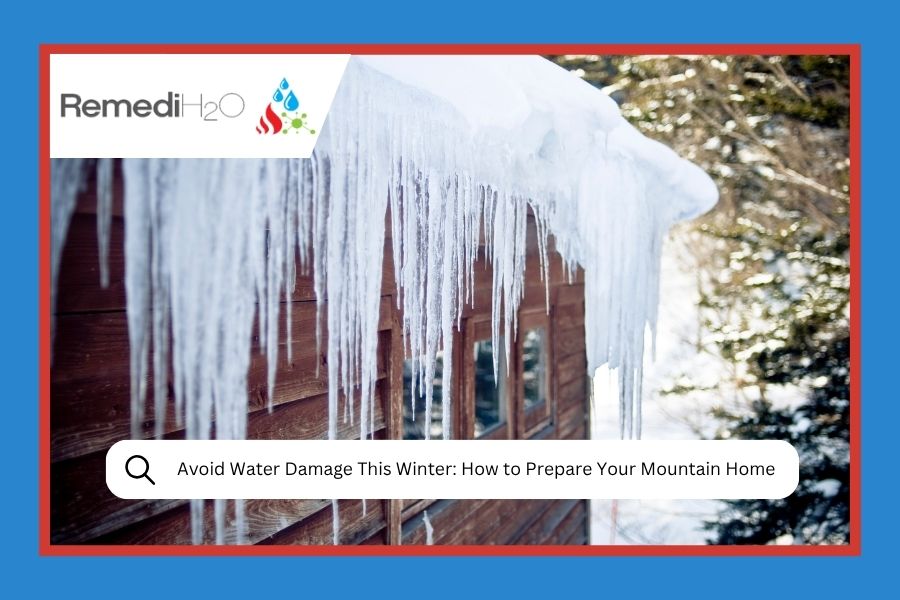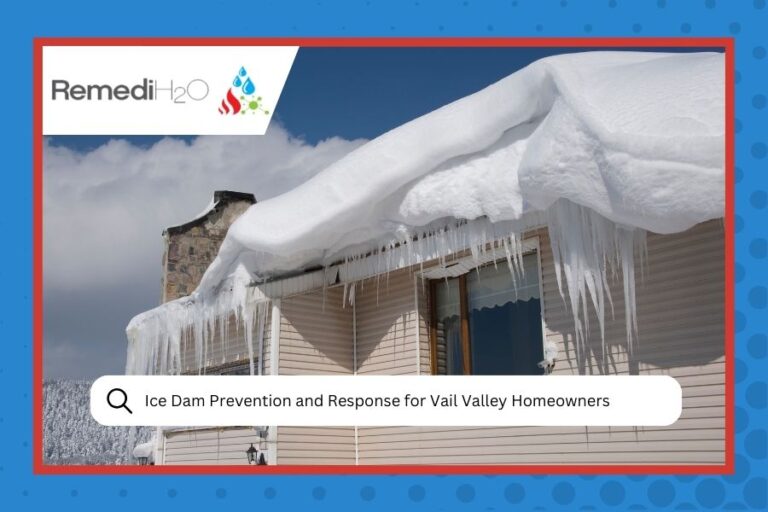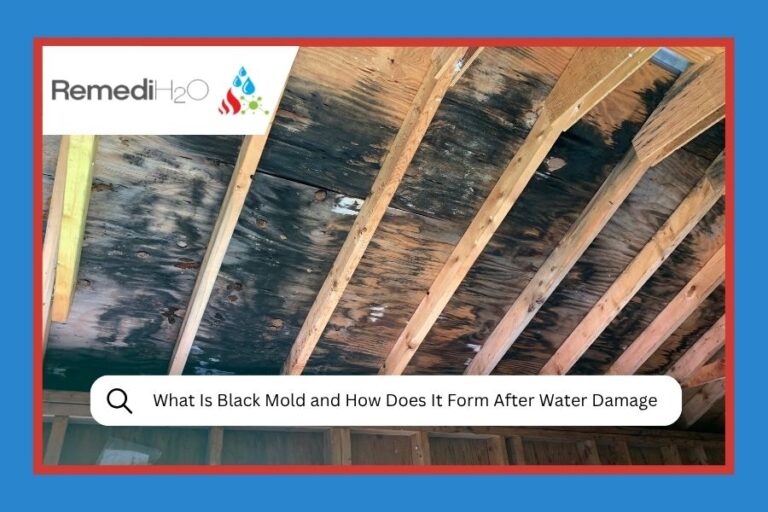Quick Navigation
Winter in Colorado’s Western Slope and Roaring Fork Valley is beautiful, no question about it. But if you’ve lived here long enough, you know the season can be tough on your home. Between freezing temps, heavy snowfall, and those surprise thaws that turn everything into a slushy mess, your property can take a real beating.
The good news? A little prep work now can save you from some seriously expensive headaches later. We’re talking about water damage from frozen pipes, ice dams, and all the sneaky ways moisture finds its way inside when you least expect it.
So grab a cup of coffee, and let’s walk through what you need to do before the snow really starts piling up.
Why Mountain Homes Are Especially Vulnerable to Winter Water Damage
If you’re reading this from Aspen, Glenwood Springs, or anywhere along the Roaring Fork Valley, you already know our winters don’t mess around. Mountain homes face unique challenges that make them more prone to winter water damage.
Higher elevations mean colder temps that last longer. Homes built on slopes can have tricky drainage issues. And many properties here are vacation homes that sit empty for weeks at a time. A pipe that bursts while you’re away can cause thousands of dollars in damage before you even know it happened.
Ready to Winterize but Not Sure Where to Start?
Our team at RemediH2O has seen it all, and we’re here to help. Whether you need advice or emergency assistance, contact us anytime, 24/7.
Your Winter Prep Checklist: Protect Your Home Before the First Freeze
Here’s your step-by-step checklist to help you avoid water damage this winter.
Winter Prep Timeline
| When | Task | Priority |
|---|---|---|
| September | Inspect and insulate pipes, clean gutters | HIGH |
| October | Check roof, seal windows/doors, test sump pump | HIGH |
| November | Set minimum heat to 55°F, locate water shutoff | MEDIUM |
| All Winter | Monitor temps, check on vacant properties weekly | ONGOING |
Inspect and Insulate Your Pipes
This is the big one. Frozen pipes are the number one cause of winter water damage in our area.
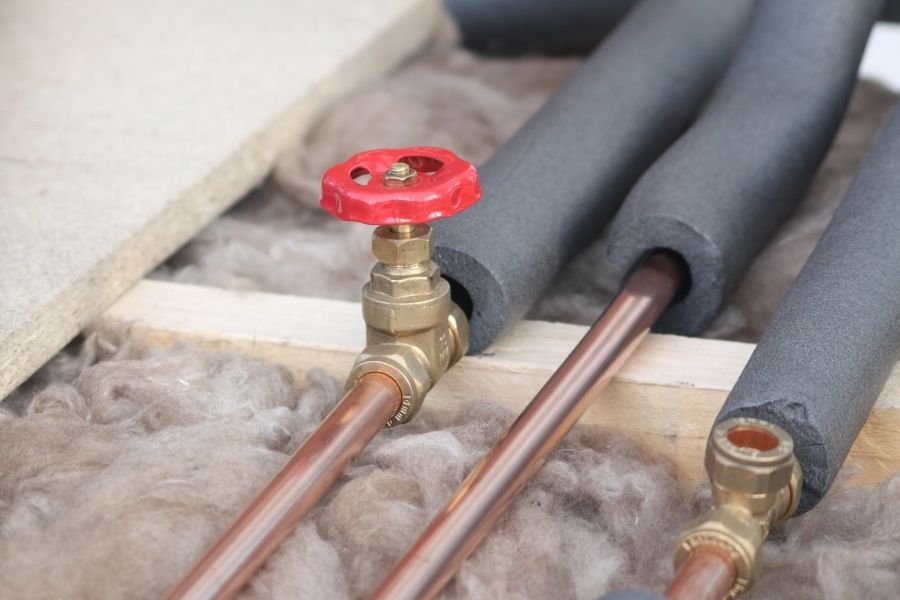
Proper pipe insulation is your first line of defense against costly freeze damage in Colorado’s harsh winters.
What to do:
- Check all exposed pipes in basements, crawl spaces, attics, and garages
- Wrap them with foam pipe insulation or heat tape
- Pay extra attention to pipes along exterior walls or in unheated areas
- Don’t forget outdoor spigots, disconnect hoses and shut off exterior water lines
If you’re not sure which pipes are at risk, it’s worth having a professional take a look.
Clean Your Gutters and Downspouts
Clogged gutters lead to ice dams, which lead to water sneaking under your roof and into your walls. Not fun.
What to do:
- Clear out all leaves, pine needles, and debris
- Make sure downspouts direct water at least 5 feet away from your foundation
- Check for any sagging or damaged sections that need repair
Check Your Roof and Seal Entry Points
Your roof takes the brunt of winter weather, and drafty windows and doors can let in moisture and melting snow.
What to do:
- Look for missing, cracked, or curling shingles
- Check flashing around chimneys, vents, and skylights
- Make sure attic insulation is adequate to prevent ice dams (the Department of Energy has great guidance on proper insulation)
- Inspect weatherstripping around windows and doors
- Use caulk to seal gaps around frames and jambs
A little maintenance now can prevent major water damage down the road. And if moisture does find its way in, it can create the perfect environment for mold. (Here’s more on how to prevent mold growth.)
Test Your Sump Pump
If you have a basement, your sump pump is your first line of defense against flooding during spring thaws or mid-winter melts.
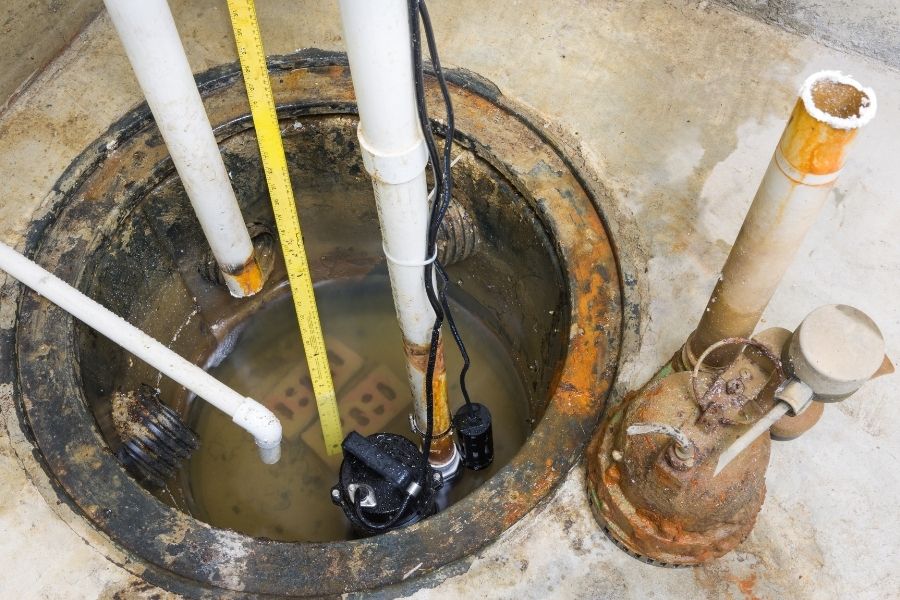
Regular sump pump testing can prevent basement flooding during Colorado’s unpredictable winter thaws.
What to do:
- Pour a bucket of water into the sump pit and make sure the pump kicks on
- Check the discharge line to ensure it’s not frozen or blocked
- Consider a battery backup in case of power outages
Sump pump failures are one of the most common causes of basement flooding. Need more tips? Check out our post on 5 tips to prevent home water damage.
Maintain Proper Heating in Your Home
Even if you’re heading out of town, don’t turn your heat off completely.
What to do:
- Keep your thermostat at a minimum of 55°F, even when you’re away
- Open cabinet doors under sinks to let warm air circulate around pipes
- Consider draining your water system if leaving for extended periods
- Install a smart thermostat so you can monitor temps remotely
A frozen home is a damaged home. Trust us, the heating bill is way cheaper than the repair bill.
Know Where Your Main Water Shutoff Is
In an emergency, every second counts. You need to know exactly where your main water shutoff valve is and how to use it.
What to do:
- Locate your main shutoff valve, usually in the basement or near the water meter
- Test it to make sure it turns freely
- Show everyone in your household where it is
If disaster strikes, knowing how to stop water damage in 7 emergency steps can make all the difference.
🛡️ Prevention Checklist Download
Want a printable version of this checklist? Our comprehensive winter preparation guide includes room-by-room tips and a seasonal maintenance schedule.
What to Do If Water Damage Happens Anyway
Even with the best prep work, sometimes things happen. A surprise cold snap or unexpected equipment failure can still lead to water damage.
If you find yourself dealing with a leak, burst pipe, or flooding this winter, don’t panic. Shut off the water source immediately, turn off electricity to affected areas, remove standing water if it’s safe, and call a professional restoration team right away. Ready.gov offers an excellent flood preparedness guide to help you stay prepared year-round.
At RemediH2O, we’re available 24/7 for emergencies. We’ve spent over 25 years helping homeowners across the Western Slope and Roaring Fork Valley recover from water damage quickly and completely. We work directly with your insurance company to make the process stress-free.
Emergency Response Quick Reference
| Step | Action |
|---|---|
| 1 | Shut off water source immediately |
| 2 | Turn off electricity to affected areas |
| 3 | Remove standing water if safe to do so |
| 4 | Call RemediH2O at (970) 715-6990 |
Don’t Wait Until It’s Too Late
Winter prep might not be the most exciting way to spend a Saturday, but it’s one of the smartest things you can do as a homeowner. A few hours now can save you weeks of stress and thousands of dollars.
So take a weekend, grab your checklist, and get it done. Your future self will thank you when everyone else is calling in the pros to deal with frozen pipes and you’re cozied up by the fire without a worry in the world.
And hey, if you need any help along the way, or if something does go wrong this winter, we’re just a phone call away. Stay safe out there.
Need Emergency Water Damage Help?
RemediH2O is available 24/7 for emergency restoration services across Colorado’s Western Slope and Roaring Fork Valley.
Available 24/7 for emergencies
Frequently Asked Questions
How cold does it need to be for pipes to freeze in Colorado mountain homes?
Pipes can start freezing when temperatures drop below 20°F, especially if they’re in unheated areas like basements, crawl spaces, or along exterior walls. In mountain homes where temps regularly dip well below freezing, proper insulation and heat tape are essential.
What should I do if I’m leaving my mountain home vacant for the winter?
Keep your thermostat set to at least 55°F, shut off and drain exterior water lines, open cabinet doors to allow warm air around pipes, and consider having someone check on your property weekly. You might also want to shut off your main water supply and drain the system completely if you’ll be gone for extended periods.
Can ice dams really cause that much damage?
Absolutely. Ice dams form when snow melts on your roof and refreezes at the edges, creating a barrier that traps water. That trapped water can seep under shingles and into your home, causing leaks, water damage, and even mold growth if not addressed quickly.
Should I let my faucets drip during extreme cold?
Yes, letting faucets drip slightly during extreme cold snaps can help prevent pipes from freezing. The movement of water makes it harder for ice to form. Focus on faucets served by pipes that run through unheated or exterior spaces.
